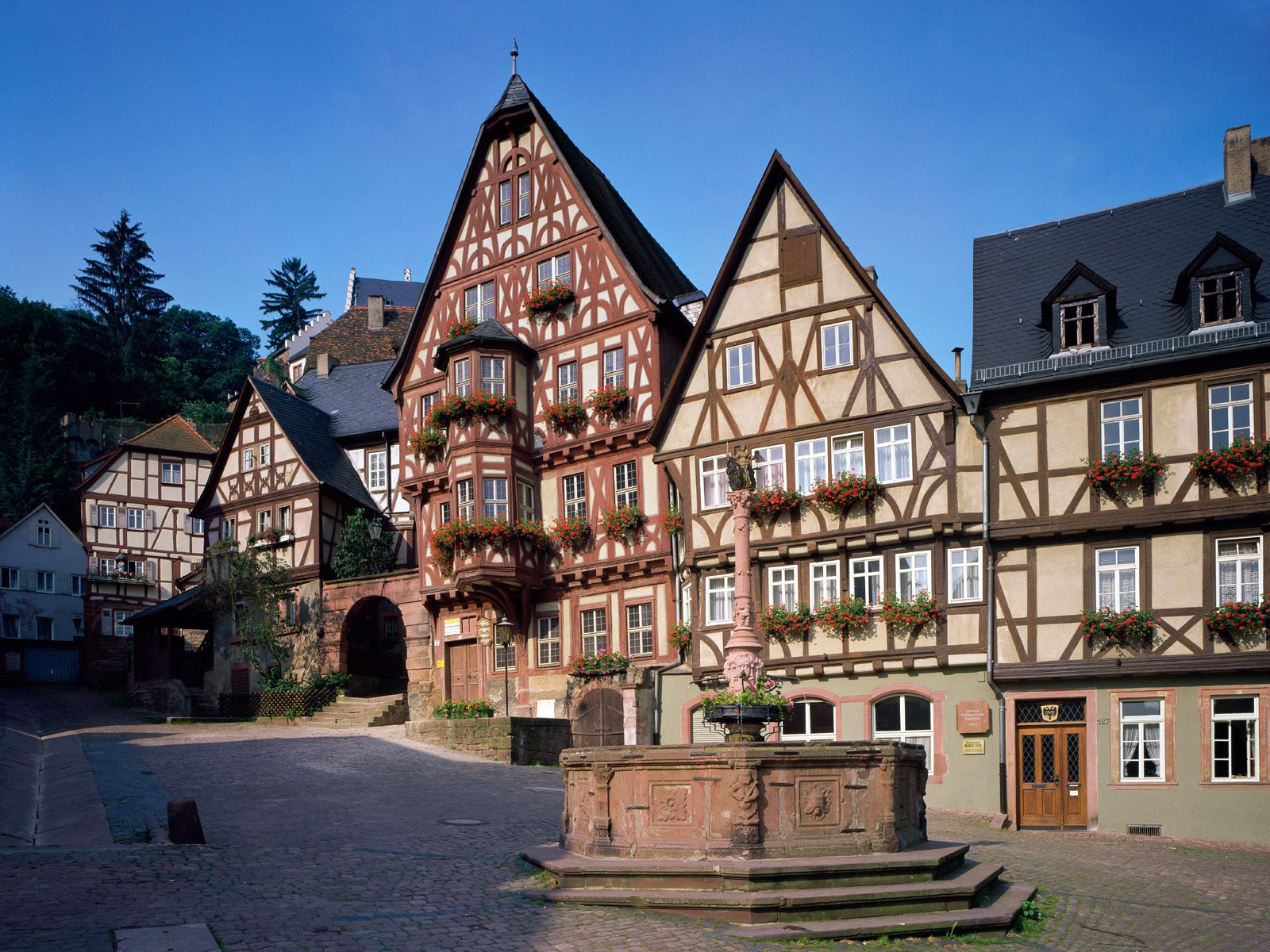Global Travel Information
River Garonne, France
The Garonne River: The Lifeblood of Southern France
The Garonne River, winding through the heart of southwestern France, is more than just a waterway—it is a vital artery of history, culture, and natural beauty. Stretching approximately 602 kilometers (374 miles) from its source in the Spanish Pyrenees to its confluence with the Dordogne River, where they form the Gironde Estuary, the Garonne has shaped the landscapes, economies, and identities of the regions it touches. From the bustling city of Toulouse to the famed vineyards of Bordeaux, the river’s influence is undeniable.
Origins and Geography
The Garonne begins its journey high in the Val d'Aran, a remote valley in the Spanish Pyrenees. Fed by glacial meltwater, it initially flows northward into France, carving through dramatic mountain gorges before descending into the rolling plains of Occitanie. Unlike many major rivers, the Garonne does not follow a straightforward course; it meanders unpredictably, shifting direction multiple times before reaching the Atlantic Ocean.
One of its most striking features is the Garonne’s Tidal Bore (known locally as le mascaret), a rare phenomenon where incoming tides create powerful waves that surge upstream, sometimes reaching heights of over a meter. This natural spectacle attracts surfers and spectators alike, particularly near the town of Saint-Pardon.
Historical Significance
The Garonne has been a witness to millennia of human civilization. In ancient times, the river served as a natural boundary and a trade route for the Gauls and later the Romans, who established key settlements along its banks, including Tolosa (modern-day Toulouse). During the Middle Ages, the river facilitated commerce, allowing goods like wine, grain, and textiles to flow between inland cities and coastal ports.

The river also played a strategic role in warfare. During the Hundred Years' War, control of the Garonne was crucial for both French and English forces. Later, in the 17th century, the construction of the Canal du Midi—linking the Garonne to the Mediterranean—transformed it into a cornerstone of France’s inland waterway system, boosting trade and mobility.
Economic and Cultural Impact
Today, the Garonne remains an economic lifeline. Its waters irrigate vast agricultural lands, sustaining crops such as sunflowers, corn, and the region’s world-renowned vineyards. The Bordeaux wine region, nourished by the river’s microclimate, owes much of its success to the Garonne’s moderating influence on temperature and humidity.
Urban centers along the river, particularly Toulouse and Bordeaux, thrive due to their historical connection to the waterway. Toulouse, known as La Ville Rose (The Pink City) for its distinctive brick architecture, grew prosperous from trade along the Garonne. Meanwhile, Bordeaux’s 18th-century grandeur—evident in its elegant quays and neoclassical buildings—was built on wealth generated by maritime commerce.
Ecological Importance
The Garonne supports a rich and diverse ecosystem. Its floodplains and wetlands provide habitats for numerous bird species, including herons, kingfishers, and migratory ducks. Fish such as salmon, eel, and shad once thrived in its waters, though overfishing and dams have reduced their populations in recent decades.
Environmental efforts are now underway to restore the river’s health. Fish ladders have been installed to help migratory species bypass dams, and pollution controls aim to reduce agricultural runoff. The Garonne 2050 initiative seeks to balance economic needs with ecological preservation, ensuring the river remains vibrant for future generations.
Recreation and Tourism
For visitors, the Garonne offers endless opportunities for exploration. Scenic walking and cycling paths, such as the Voie Verte (Green Way), follow the riverbanks, offering breathtaking views of vineyards, medieval villages, and historic bridges. River cruises between Bordeaux and Toulouse provide a leisurely way to experience the region’s charm.
Adventurous travelers can kayak or paddleboard along certain stretches, while food lovers indulge in riverside markets offering local specialties like foie gras, duck confit, and fresh oysters from the estuary.
Conclusion
The Garonne River is more than just a body of water—it is a living testament to the intertwined forces of nature and human endeavor. From its rugged Pyrenean origins to its serene estuary, the river has nurtured civilizations, fueled economies, and inspired artists and poets for centuries. As France continues to cherish and protect this natural treasure, the Garonne’s legacy flows onward, as timeless as its currents.
(Word count: ~850 words. If you'd like a more detailed expansion on any section—such as history, ecology, or tourism—let me know!)
相关文章
- Elbe River Botanical Gardens: Flowers & Plants Along the Banks
- Elbe River Zoos & Aquariums: Family Fun Near the River
- Elbe River Amusement Parks: Rides with River Views
- Elbe River Camping Spots: Pitch a Tent by the Water
- Elbe River Glamping Sites: Luxury Camping Along the Banks
- Elbe River RV Parks: Stay in Your Camper Near the River
- Elbe River B&Bs: Cozy Accommodations with a Personal Touch
- Elbe River Hostels: Budget Stays for Young Travelers
- Elbe River Business Travel Guide: Meetings & Events Near the Water
- Elbe River Conference Venues: Spaces with River Views
发表评论
评论列表
- 这篇文章还没有收到评论,赶紧来抢沙发吧~


